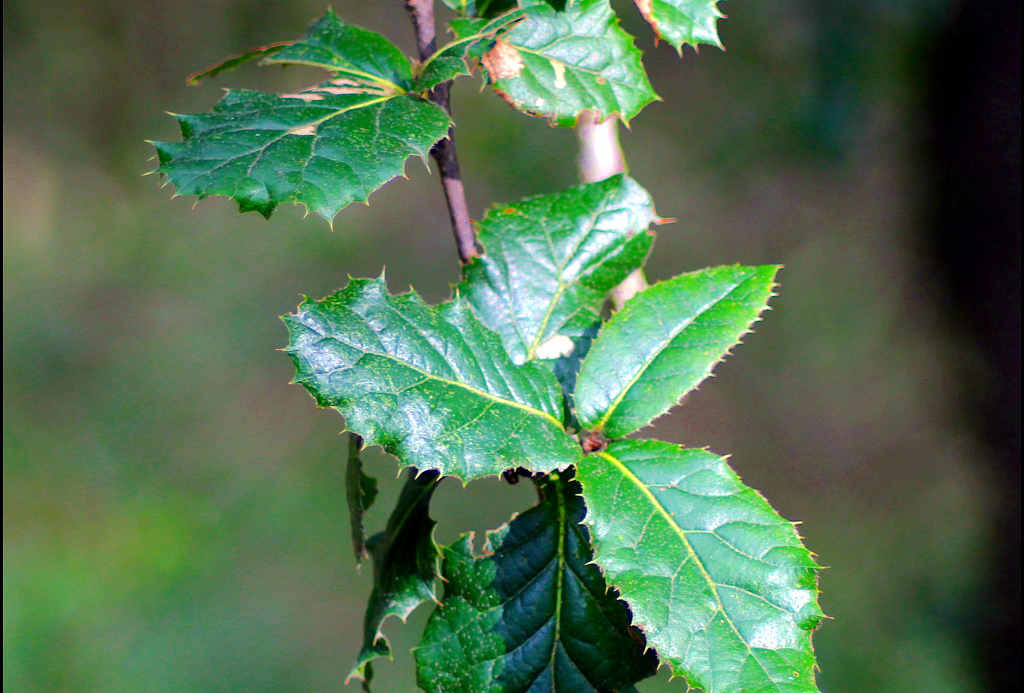
Quercus dilatata (Mohru)
Quercus dilatata, commonly known as Mohru oak, is a significant broad-leaved tree species found in the Great Himalayan National Park (GHNP). Known for its large leaves and adaptability, this oak species plays a critical role in the mixed forests of the western Himalayas, particularly in the mid-elevation zones of GHNP.
Habitat and Distribution in GHNP
Mohru oak thrives at elevations between 1,800 and 2,800 meters, where it forms mixed broadleaf forests alongside species like Rhododendron, Acer, and Cedrus deodara. It is prominently seen in:
-
Lower reaches of Tirthan and Sainj Valleys
-
Ecozone buffer areas of GHNP
-
Transitional zones between temperate and subalpine forests
Botanical Features
-
Height: Can reach up to 20 meters
-
Leaves: Broad, thin, and slightly hairy with prominent veins
-
Bark: Grayish-brown with shallow fissures
-
Fruits: Acorns that mature in late autumn and support wildlife diets
Ecological Importance
In the GHNP ecosystem, Quercus dilatata contributes to:
-
Soil enrichment and fertility through leaf litter
-
Shelter and food for birds such as woodpeckers, barbets, and pheasants
-
Supporting insect life, especially caterpillars and pollinators
The Mohru oak is also a valuable secondary canopy species in mixed forests.
| Local name | Mohru |
| Botanical name | Quercus dilatata |
| Family | Fagaceae |
| Description | It is a tree having young shoots and mature leaves beneath glabrous. Leaves entire, nerves mostly forked. Scales of acorn imbricate. It is found at an altitude of 1800-2700m. |
| Flowers and Fruits | April – May |
| Distribution | It is commonly found in temperate forests of Tirthan and Sainj valley. |
Traditional Uses
Local communities in Himachal Pradesh utilize Mohru for:
-
Fuelwood and timber (in non-protected areas)
-
Fodder for cattle, especially during winter
-
Cultural rituals, where oak wood is used in traditional ceremonies
However, extraction is restricted within GHNP to preserve the ecosystem.
Conservation Significance
Like other Himalayan oaks, Quercus dilatata is under pressure from:
-
Overharvesting for fuel and fodder
-
Forest degradation and invasive species
-
Climate variability, which may alter its natural range
Protection within GHNP ensures regeneration and long-term conservation of this native oak species.



